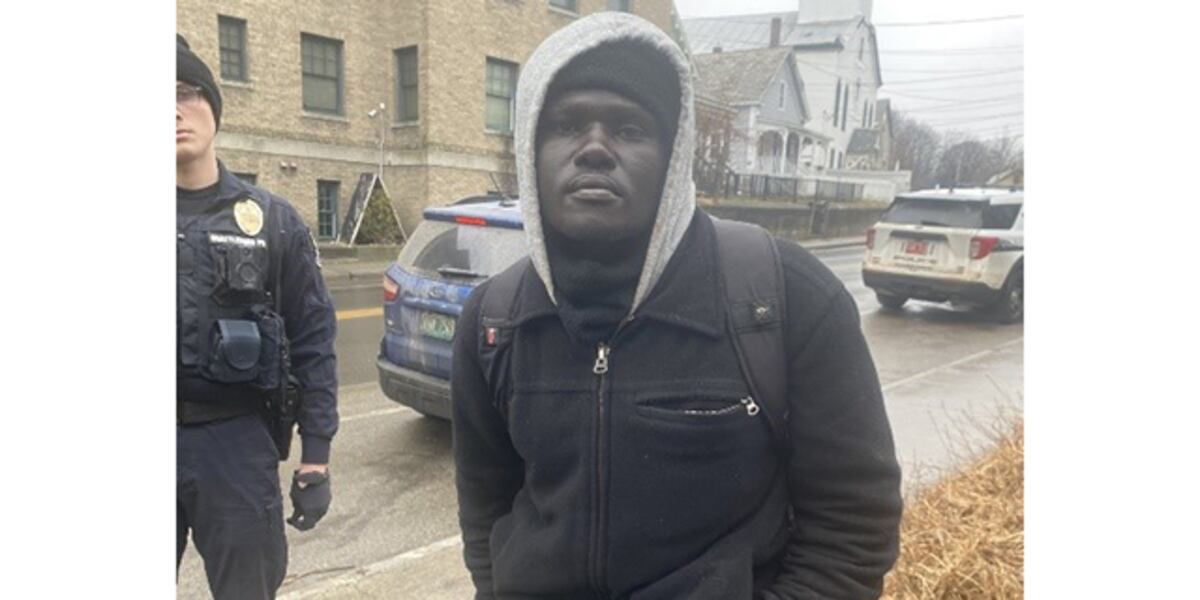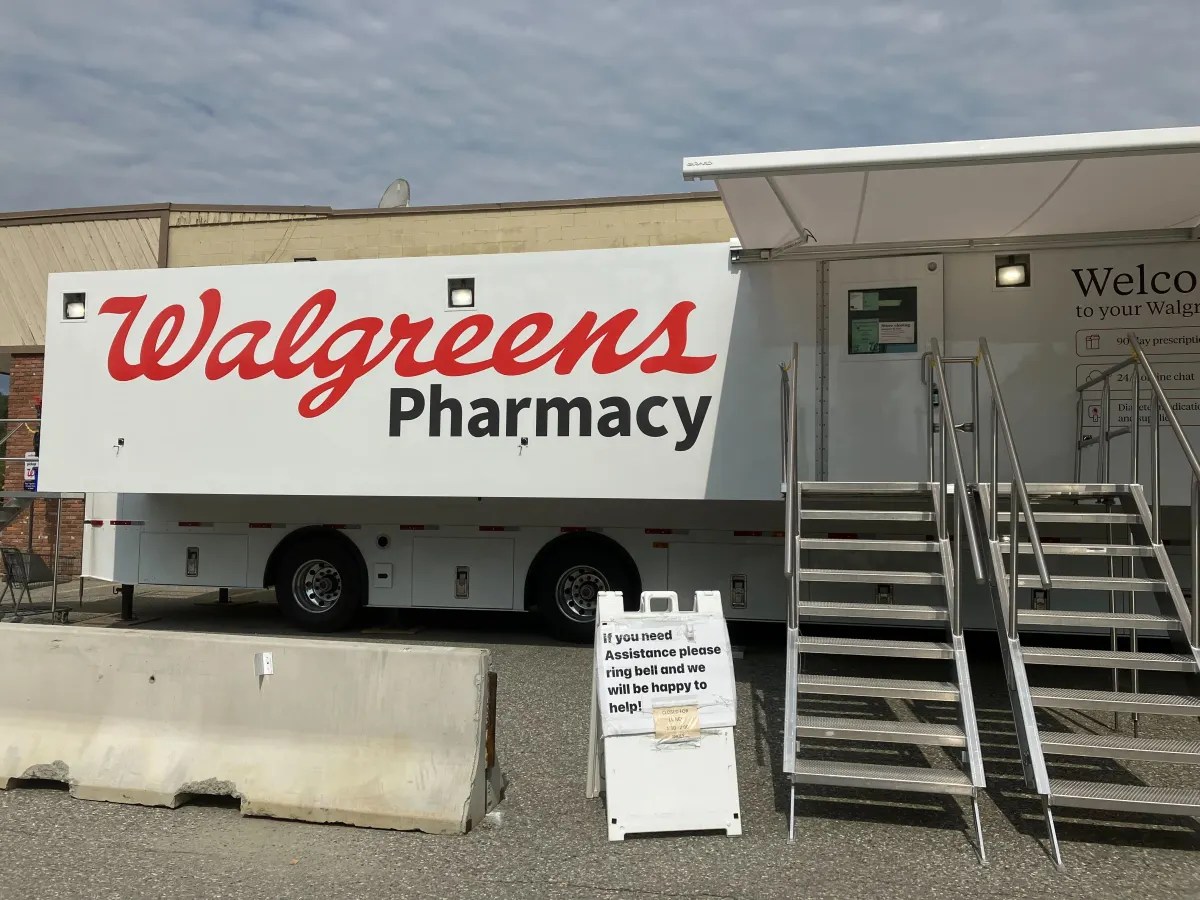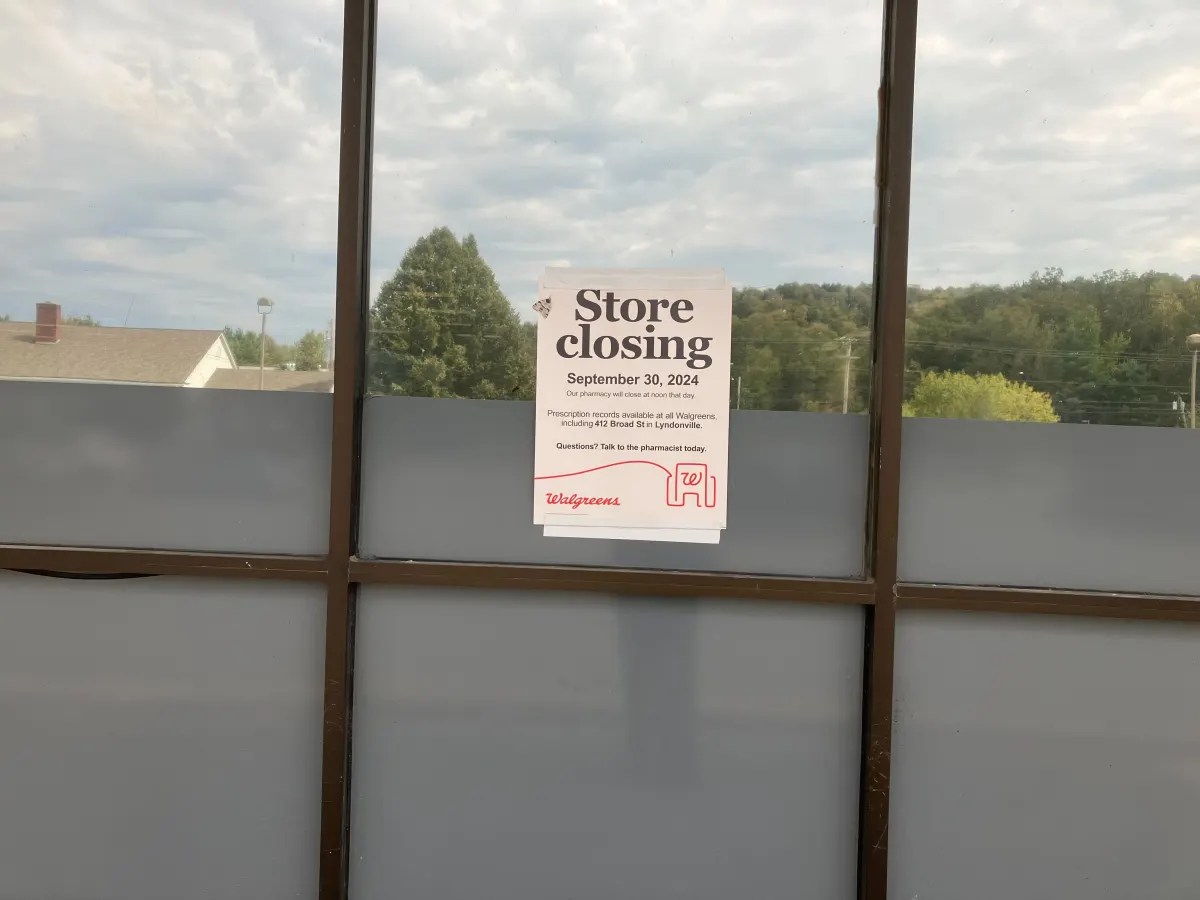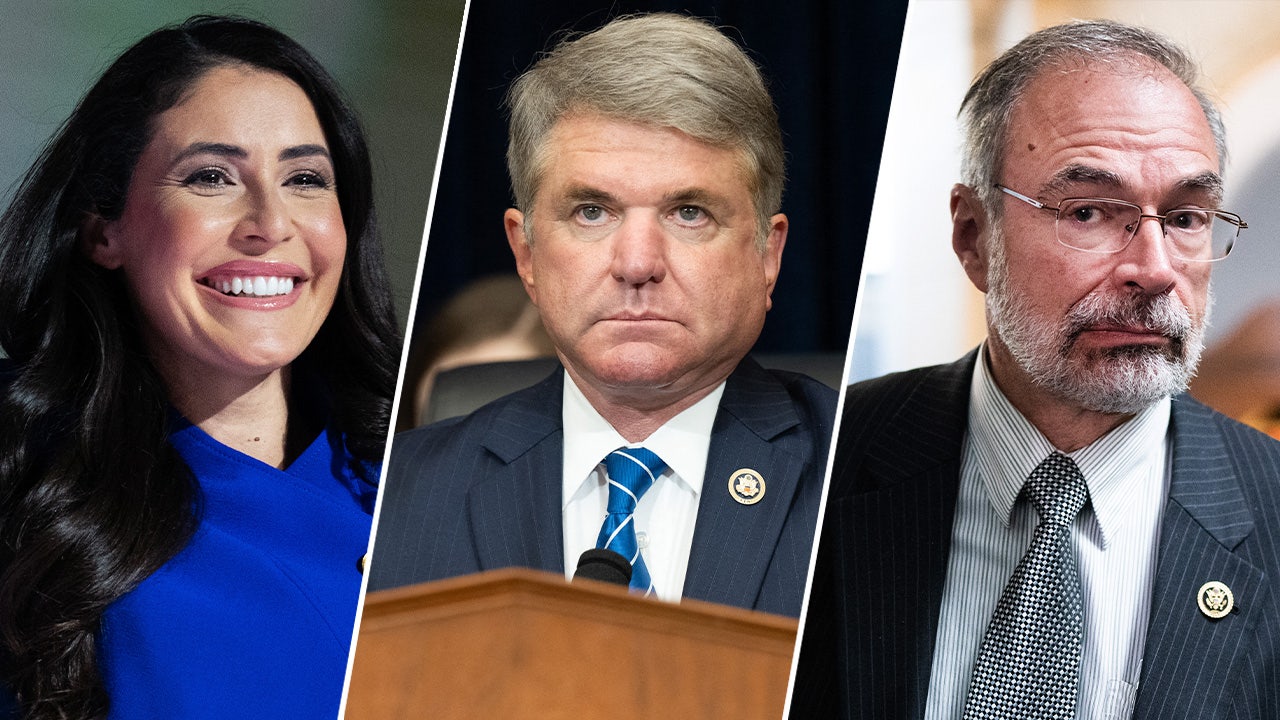Vermont
OneCare Vermont to shut down, ending major health care reform experiment

A key player in health care payment reform in Vermont announced it will shut down by the end of 2025.
OneCare Vermont allowed hospitals, independent practices, home health agencies, and other providers to collaborate by sharing financial information and other data. And they provided monthly payments to more than a dozen independent primary care practices for quality outcomes, which gave those practices an additional revenue stream on top of billing for individual services, called a “fee-for-service” model.
The organization was also an expensive player in the state’s health care system — hospitals and state agencies paid millions of dollars each year to support OneCare, which had close to 40 employees. It’s unclear whether the nonprofit’s work resulted in commensurate savings, according to a report this year from the Green Mountain Care Board.
“I think we tried to, perhaps, be too many things to too many people,” said Abe Berman, the CEO of OneCare, in an interview last week.
OneCare launched in 2016 as an experiment in how the state pays for health care, to get insurance companies and federal health insurance programs to compensate providers for quality measures with something called an “all-payer model.”
“It became a little bit of a panacea,” Berman said. “It was going to cure every ill in the system — and we know that’s not really how interventions work.”
The monthly payments that OneCare provided to some primary care practices help support patient services, like mental health care, care coordination, and other wrap-around services. After next year, those payments will go away.
“We are worried we are not going to be able to sustain that level of services for our patients,” said Dr. Toby Sadkin, a clinician at Primary Care Health Partners, a group with 10 offices in Vermont that covers thousands of patients throughout the state. Sadkin is also a member of OneCare’s board of managers.
“Another financial piece of it — and honestly this is so new that I really don’t know — but I worry about some of our practices. I worry that some of them might not actually be able to continue,” she said.
I worry about some of our practices. I worry that some of them might not actually be able to continue.
Dr. Toby Sadkin of Primary Care Health Partners
Owen Foster, with the Green Mountain Care Board, acknowledges that the end of OneCare will be a loss to some practices. But he says it was not a very efficient system.
“To get the money to primary care providers, we had a very expensive middleman, which was OneCare,” he said. “Money had to go from the hospitals to OneCare dues, out of OneCare, to individual primary care practices. That’s not a great way to pay for health care.”
He says throughout the tenure of the organization, health care payment in Vermont did not fundamentally shift away from the “fee for service” model. That was especially true a few years ago, after a big commercial insurer, BlueCross BlueShield Vermont, stopped working with OneCare.
The state is currently in negotiations with the federal government to potentially participate in another payment reform program called the AHEAD model.
“This is the only opportunity, really, to bring additional Medicare dollars and federal dollars to support primary care in Vermont,” said Jessa Barnard, the head of the Vermont Medical Society.
It’s would also be a continuation of some kind of value-based payment system that started with OneCare.
“If we’re not doing AHEAD, it really does all go away,” Barnard said.
Have questions, comments or tips? Send us a message.

Vermont
Burlington car break-in suspect arrested in Brattleboro

BURLINGTON, Vt. (WCAX) – A Burlington man who police say is connected to a string of car break-ins has been arrested in Brattleboro.
Police say Yesi Garelnabi, 33, is responsible for multiple thefts from cars. He had a warrant for his arrest when police in Brattleboro arrested him. They say he also had stolen credit cards and a stolen backpack.
He was released on conditions but was re-arrested a short time later after being accused of stealing from another car.
Copyright 2024 WCAX. All rights reserved.
Vermont
Vermont’s rate of homelessness now ranks 4th in the nation – VTDigger

This story, by Report for America corps member Carly Berlin, was produced through a partnership between VTDigger and Vermont Public.
As the number of people experiencing homelessness in Vermont continues to rise to record levels, the Green Mountain State’s per-capita rate of homelessness remains among the highest in the nation.
That’s according to a new analysis of the 2024 point-in-time count, a coordinated, federally-mandated tally of unhoused people taken each January. The annual report on the count, which took place nearly a year ago, was released by the U.S. Department of Housing and Urban Development late last week.
The department found that about 53 out of every 10,000 Vermonters were unhoused when the count took place, putting Vermont fourth on the state-by-state list. In 2022 and 2023, it had the second-highest rate in the nation, a distinction that turned heads as Vermont’s homelessness crisis has grown more visible.
But Vermont’s shift in this oft-cited nationwide comparison shouldn’t necessarily be read as an indication of improvement locally, said Anne Sosin, a public health researcher at Dartmouth College who studies homelessness.
“I wouldn’t take it as a hopeful sign that it’s fourth instead of second,” Sosin said.
While Vermont’s homeless population rose 5% last year, to a record 3,458 people in January 2024, other states saw much more dramatic increases.
Catastrophic wildfires in Maui displaced thousands of people from their homes, the HUD report notes, with many sleeping in disaster emergency shelters when the count took place in January. Hawaii saw an 87% rise in homelessness year-over-year, with 81 people per 10,000 residents recorded as unhoused — the highest rate in the nation. New York shared the same rate, which increased this year, in part, due to an influx of asylum seekers to New York City’s shelter system, according to the report.
Across the country, the annual tally registered the highest number of people experiencing homelessness ever recorded since the point-in-time count began in 2007. Over 771,000 people nationwide were unhoused at the time of the count: a 18% rise from the 2023 count.
The “worsening national affordable housing crisis,” inflation, stagnating wages, and “the persisting effects of systemic racism have stretched homelessness services systems to their limits,” the report notes. And the end of pandemic-era supports, like the expanded child tax credit, have also likely contributed to the national rise in homelessness, it says.
The point-in-time count figure is generally considered to be an undercount. HUD does not tally people who are doubling up with relatives or couch-surfing, and people who are unsheltered are often more difficult to find.
Even as the number of people experiencing homelessness has ticked up, the HUD analysis reflects that Vermont has done a better job than most other states at keeping unhoused people indoors. Over 95% of Vermont’s homeless population was in some form of shelter as of January — either a traditional shelter, or a hotel or motel covered by an emergency housing voucher. Only neighboring New York had a higher rate of people in shelter, according to the report.
Still, the January tally recorded a jump in the number of people living unsheltered in Vermont from a year earlier. And observers expect the 2025 count, which will take place in a few weeks, will capture an even larger number of people sleeping outdoors or in their vehicles.
That’s because over 1,500 people were pushed out of the state’s motel voucher program this fall, after a series of cost-cutting measures went into effect. The program’s rules have since loosened for the winter, allowing some people to re-enter, though cold-weather access is more limited now than in previous years and both shelter space and motel rooms are scarce.
Already this winter, Burlington officials have observed more people living outside than this time last year, said Sarah Russell, the city’s special assistant to end homelessness. When the city opened an extreme cold-weather shelter for the weekend before Christmas — in part because the opening of its regular seasonal shelter has been delayed until the new year — “the number of folks that we saw there was huge,” Russell said. About 50 people showed up the first night, and 80 the next.
“It’s just too cold for people to be living outside,” Russell said.
The HUD report does show signs of progress. Nationally, homelessness among veterans dropped 8% last year — to the lowest number on record, according to a HUD press release. That success can be chalked up to specific housing programs targeted at veterans, the report says, and is often lauded by homelessness advocates as a model for how to tackle homelessness among other groups.
“When there are more resources that are poured into, you know, housing supports for specific sub-populations of folks — the result of that is that it actually drives the numbers down,” Russell said.
The press release also notes several places that saw decreases in homelessness over the past year. Dallas saw its homelessness numbers drop after launching a new program to connect unsheltered people to long-term housing while closing encampments. Chester County, Penn., has seen a nearly 60% drop in homelessness since 2019, after putting in place eviction prevention programs, expanding “housing first” training initiatives, increasing affordable housing groups, and providing fair housing education for migrant workers, according to the release.
When Vermont lawmakers kick off the 2025 legislative session next week, they will get their next chance to tackle the state’s homelessness problem. Their return comes after several deaths of people living outside that have captured the public’s attention in recent weeks.
“My question to Vermont legislators is: how are we going to keep the population experiencing homelessness alive while we make progress on solving homelessness as a state?” said Sosin, the Dartmouth researcher.
Vermont
Increasing pharmacy closures mean long drives for Vermont residents, mirroring a national trend – VTDigger

Hardwick’s sole pharmacy — a Walgreens that had twice been hit by Vermont’s recent summer floods — closed for good at the end of September. Since then, residents have had to drive 25 minutes to access a pharmacy in Morrisville or 40 minutes to the closest Walgreens in Lyndon, leaving Hardwick squarely in a “pharmacy desert.”
Pharmacy deserts are generally defined as places where there is no or limited access to a pharmacy. In rural areas, this means the closest is over 10 miles away, while in urban areas, the closest is over one mile away.
Hardwick is hardly the only pharmacy desert in the state. According to a recent analysis of pharmacy locations across the country, 41 of Vermont’s 193 census tracts (21%) had low access to a pharmacy in 2022. The analysis, published by the academic journal Health Affairs Scholar, defined low access as at least one-third of the tract’s population living within a pharmacy desert. Between closures of independent pharmacies and national chains continuing to scale back back “less profitable” operations, the number of pharmacy deserts is only increasing.
Mike Fisher, Vermont’s chief health care advocate, said that pharmacy closures across the state are an ongoing and “very serious” trend.
“I live in Addison County,” he said. “When the local Marble Works Pharmacy closed, I remember just how upsetting and difficult that was for so many people.”
According to the state’s Board of Pharmacy, 28 Vermont pharmacies have closed permanently over the past five years, leaving 126 currently operating in the state. A nationwide study has linked such closures to a decline in older Americans taking their prescription cardiovascular medications.
Often, Fisher said, there’s another pharmacy in town, as in Middlebury. But in a growing number of towns, there isn’t.

According to a study published this month in the journal Health Affairs, more pharmacies closed than opened between 2018 and 2021 both nationally and in Vermont, with independent pharmacies and those located in Black and Latinx communities a higher risk for closure.
Options for those living in a pharmacy desert do exist. In Hardwick, area residents can utilize mail-order pharmacies for their prescriptions and Kinney Drugs offers weekly deliveries. However, Fisher notes, pharmacies don’t solely dispense medications, but also vaccines and advice.
“The pharmacist at the local pharmacy counter is an accessible, front-line healthcare professional that many people depend on,” he said. “You lose something really important when you lose your community pharmacist.”
Marty Irons, a full-time Vermont pharmacist for almost two decades and a member of the Vermont Pharmacists Association’s board, said in an email that the organization is very aware of pharmacy closures and expects them to continue to impact Vermont.


Pharmacists largely attribute closures to pharmacy benefit managers: companies that act as intermediaries between drug manufacturers and insurance companies. In Vermont, two pharmacy benefit managers — CVS Caremark and Express Scripts — account for 95% of Vermont’s drug market for commercial health insurance plans, according to the state Attorney General’s Office.
Pharmacy benefit managers, often abbreviated as PBMs, are known to under-reimburse pharmacies for the costs of filling prescriptions. According to Irons, this loss of income often requires pharmacies to pull back on services — such as the number of hours they’re open — and, in some cases, close.
“Negative, or below cost, reimbursement is no longer the exception,” Mike Duteau, president of the Vermont Association of Chain Drug Stores, said in an email. “The growing impact is so substantial that pharmacies are closing in larger numbers and more quickly.”
READ MORE

In addition, Irons and Duteau point to staffing challenges only exacerbated by the closure of Vermont’s only pharmacy school three years ago.
The Legislature passed a bill this year to regulate PBMs, the system for which is currently being set up at the Department of Financial Regulation, Fisher said. The bill requires PBMs to obtain a license from the department, strengthens its oversight and bans some of the companies’ practices.
In addition, Vermont Attorney General Charity Clark announced a lawsuit against PBMs earlier this year, alleging that the state’s two major PBMs skim money from drug transactions. However, it is unclear how — and how soon — these two state efforts might improve the situation for pharmacies and their customers.
“Our Vermont pharmacy infrastructure is so fragile,” said Irons. “Most people assume it will always be there; I hope so!”
-
/cdn.vox-cdn.com/uploads/chorus_asset/file/25672934/Metaphor_Key_Art_Horizontal.png)
/cdn.vox-cdn.com/uploads/chorus_asset/file/25672934/Metaphor_Key_Art_Horizontal.png) Technology1 week ago
Technology1 week agoThere’s a reason Metaphor: ReFantanzio’s battle music sounds as cool as it does
-

 News1 week ago
News1 week agoFrance’s new premier selects Eric Lombard as finance minister
-

 Business7 days ago
Business7 days agoOn a quest for global domination, Chinese EV makers are upending Thailand's auto industry
-

 Health3 days ago
Health3 days agoNew Year life lessons from country star: 'Never forget where you came from'
-
/cdn.vox-cdn.com/uploads/chorus_asset/file/24982514/Quest_3_dock.jpg)
/cdn.vox-cdn.com/uploads/chorus_asset/file/24982514/Quest_3_dock.jpg) Technology3 days ago
Technology3 days agoMeta’s ‘software update issue’ has been breaking Quest headsets for weeks
-

 World1 week ago
World1 week agoPassenger plane crashes in Kazakhstan: Emergencies ministry
-

 Politics1 week ago
Politics1 week agoIt's official: Biden signs new law, designates bald eagle as 'national bird'
-

 Politics5 days ago
Politics5 days ago'Politics is bad for business.' Why Disney's Bob Iger is trying to avoid hot buttons














